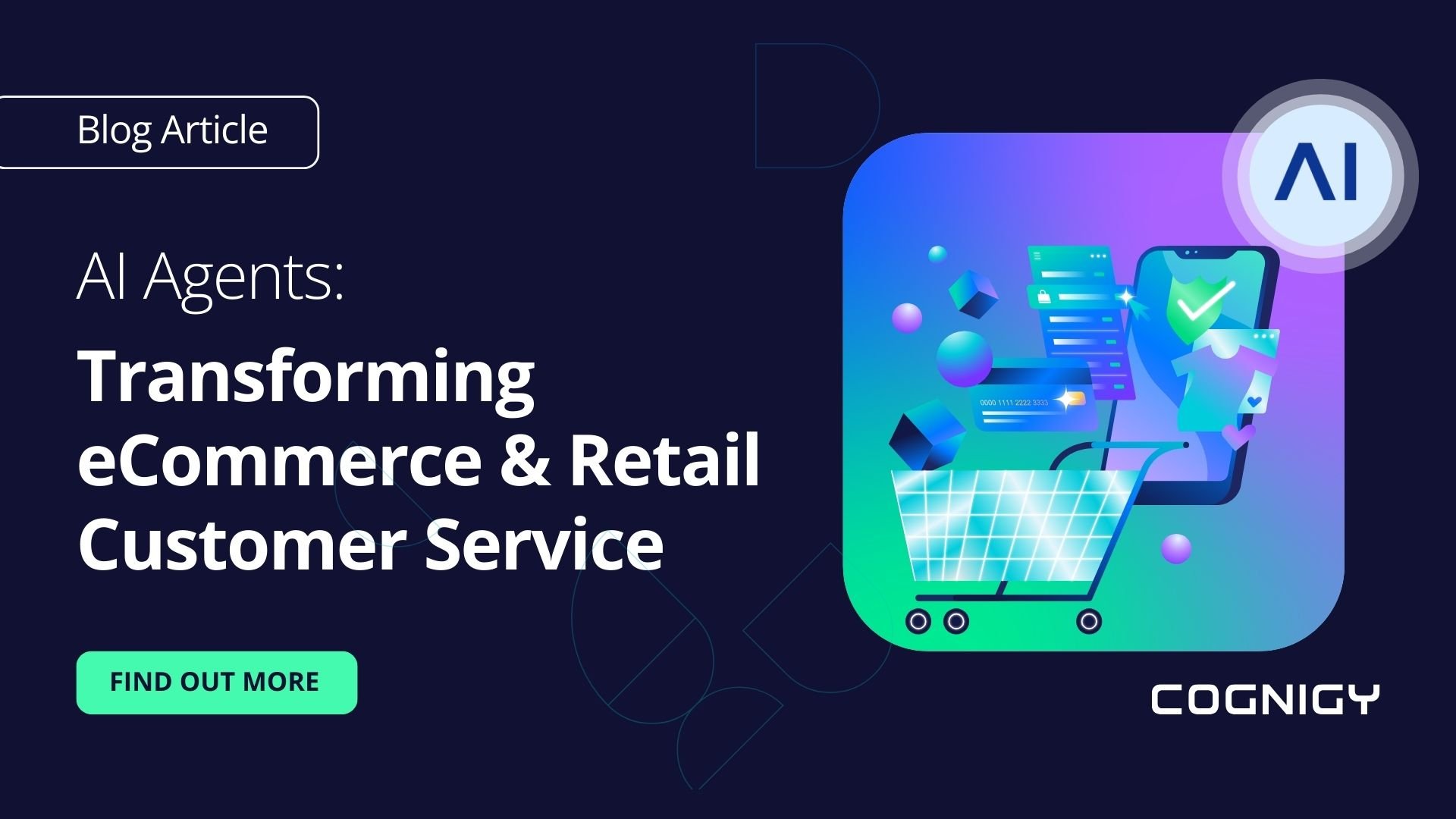Introduction
Definition of Agentic Commerce
Agentic commerce is a new shopping trend that allows consumers more control over their purchasing experiences. Technology, data, and consumer behavior enable individuals to tailor their shopping experiences and make informed decisions based on personalized insights. This type of commerce makes the consumer an active participant in the retail landscape, not just a passive observer.
Agentic commerce is like walking into a store with products tailored just for you.
Evolution of Shopping Behavior
Over the years, shopping behavior has evolved significantly, influenced by technological advances and changing consumer expectations.
- Traditional shopping involved personal interactions, where consumers relied heavily on salespeople for guidance.
- Online shopping revolutionized the way consumers make purchases, introducing convenience and broader options at their fingertips.
Today, we witness the rise of agentic commerce, which incorporates elements of personalization, interactivity, and real-time feedback. AI algorithms analyze past purchases and browsing habits, helping consumers find products that match their preferences. This change isn’t just for convenience; it’s about improving the shopping experience and creating a more interactive retail environment.

The Role of Technology
Artificial Intelligence in Shopping
Technology plays a pivotal role in shaping the future of shopping, with artificial intelligence (AI) leading the way. AI-driven tools analyze vast amounts of data to understand consumer preferences, thereby personalizing the shopping experience.
For instance, think about how recommendations on streaming platforms align with your tastes. This same technology is now applied in retail:
- Personalized Recommendations: AI curates product suggestions based on your browsing and buying behaviors. You might receive suggestions for shoes that match the outfit you recently viewed online.
- Chatbots and Virtual Assistants: These AI tools provide real-time support, answering queries promptly and guiding consumers through their purchases.
Virtual Reality Shopping Experiences
Virtual reality (VR) takes the online shopping experience to another level. Imagine stepping inside a virtual store from the comfort of your couch!
- Immersive Environments: Shoppers can explore virtual stores, examine products closely, and try on items in a digital fitting room.
- Interactive features let consumers engage with products as if they were physically there, boosting satisfaction.
AI and VR are changing how consumers shop and raising their expectations, resulting in more engaging experiences. This synergy is reshaping the future of commerce in exciting ways.

Personalization and Customer Experience
Customized Recommendations
As technology continues to evolve, personalization has become a cornerstone of the customer experience in shopping. Customized recommendations enhance how shoppers discover products that truly resonate with their interests.
Consider your favorite streaming service—it remembers your watch history and suggests titles you’re likely to enjoy. Similarly, retailers utilize algorithms that offer tailored product suggestions based on factors such as:
- Previous Purchases: Shoppers might receive recommendations for related items, like a new case for your recently bought smartphone.
- Browsing History: If you spent time looking at hiking gear, expect targeted ads and suggestions for camping supplies.
These personalized experiences not only simplify decision-making but also create a stronger emotional connection between consumers and brands.
Enhanced Customer Interactions
Enhanced customer interactions have revolutionized engagement strategies, moving well past basic recommendations. Retailers are now focusing on building relationships through various channels:
- Social Media Engagement: Brands interact with customers on social platforms, offering promotions and responding to queries in real time.
- Loyalty Programs: Personalized rewards programs encourage repeat business by tailoring incentives that matter most to individual consumers.
Enhanced interactions help businesses build customer loyalty, increase satisfaction, and establish long-term relationships essential for success in agentic commerce.
Data Privacy and Security Concerns
Risks of Personalized Shopping
As we delve into the realm of personalized shopping, it’s essential to address data privacy and security concerns. While customized experiences can enhance satisfaction, they also come with risks. Consider this: every time you interact with an online store, your data is being collected, tracked, and analyzed. This can lead to potential vulnerabilities such as:
- Data Breaches: Personal information may be exposed during a cyber attack, putting consumers at risk.
- Overreach of Data Collection: Some companies gather more information than necessary, which can feel invasive and lead to distrust.
For consumers, the thrill of tailored recommendations is sometimes overshadowed by worries about how their data is used and stored.
Ensuring Consumer Protection
To address these concerns, it’s crucial for businesses to prioritize consumer protection while implementing personalized shopping experiences. Here are some effective strategies:
- Transparency: Companies should clearly communicate what data is being collected and how it’s used, empowering consumers to make informed decisions.
- Robust Security Measures: Utilizing encryption and secure payment methods can help protect sensitive information.
- Opt-In Policies: Allowing consumers the choice to opt-in for data sharing can build trust and confidence.
By taking these steps, businesses can create a safer shopping environment that respects consumer privacy while still providing personalized experiences.

Ethical Implications
Impact on Small Businesses
As agentic commerce continues to evolve, it’s vital to consider its ethical implications, particularly the impact on small businesses. Personalized shopping experiences help larger retailers using advanced technology and data analytics, making it tough for smaller ones to compete.
A local boutique may find it hard to compete with larger brands that offer personalized recommendations due to its limited budget for advanced AI technology. This creates an uneven playing field where:
- Limited visibility for small businesses leads to fewer consumer interactions.
- Market domination by larger corporations can stifle diversity in products and options, which is often prevalent in local shops.
As consumers increasingly turn to personalized platforms, supporting local businesses becomes crucial for maintaining balanced market dynamics.
Addressing Algorithmic Bias
A significant ethical issue centers around the challenge of combating algorithmic bias. Algorithms, while powerful, are only as good as the data fed into them. If the data is skewed or unrepresentative, it can lead to biased recommendations that overlook certain demographics.
- Ensure Diversity in Data Sets: Incorporating a wider range of data can help algorithms provide more equitable outcomes.
- Regular Audits: Ongoing evaluations can identify and correct biases, ensuring fairness in personalized experiences.
Addressing these ethical issues directly will help create a more inclusive retail environment that respects consumers and small businesses.

Future Trends and Innovations
Voice-Activated Shopping
As we look to the future of shopping, voice-activated technologies are making significant strides in enhancing consumer convenience. Imagine being able to shop just by talking to your device! This technology enables hands-free product searching and ordering, making it ideal for busy multitasking moments.
- Instant Search Capabilities: Shoppers can quickly find what they need by simply saying, “Order my favorite coffee brand.”
- Personalized Recommendations: Smart assistants learn preferences over time, leading to tailored suggestions that further streamline the shopping experience.
Voice-activated shopping not only adds ease but also caters to a growing trend towards smart home integration.
Augmented Reality Integration
Another exciting innovation is the integration of augmented reality (AR) into the shopping experience. AR connects online and in-store shopping by enabling consumers to see products in their space before buying.
- Virtual Try-Ons: Customers can virtually try on clothes or makeup, helping them make more informed decisions.
- Interactive Product Visualization: Home décor items can be virtually placed in a consumer’s living space, enhancing decision-making.
These innovations transform shopping into an engaging and unforgettable experience, effectively catering to the needs of today’s consumers. As technology continues to evolve, the fusion of voice-activated shopping and AR promises to redefine how we shop.
Challenges and Opportunities
Adapting to Changing Consumer Behavior
As the landscape of shopping continues to evolve, businesses face the challenge of adapting to changing consumer behavior. With the rise of agentic commerce, consumers increasingly expect personalized experiences that cater to their individual preferences.
This shift means businesses need to stay ahead of trends and innovate continually. For example:
- Rapid Shift to Online Shopping: Consumers are now more comfortable making purchases online, requiring businesses to optimize their digital presence.
- Shoppers today prefer brands that are transparent about their practices, leading companies to be honest about data use and sustainability.
To keep pace, retailers must proactively listen to their customers and be willing to pivot their strategies accordingly.
Harnessing the Power of Agentic Commerce
While challenges abound, the rise of agentic commerce also presents significant opportunities.
- Enhanced Customer Loyalty: By providing tailored experiences, businesses can foster deeper connections with their customers, leading to increased loyalty.
- Data-Driven Insights: Brands can leverage data analytics to gain insights into consumer behavior, informing better product offerings and marketing strategies.
Embracing these opportunities helps businesses meet changing consumer expectations and succeed in a competitive market, benefiting both consumers and retailers.

Conclusion
Recap of Key Points
As we delve into the world of agentic commerce, it’s clear that technology is reshaping the way we shop. Consumers now have greater control over their shopping experiences, thanks to personalized recommendations from AI and immersive augmented reality.
Key points we explored include:
- The essential role of AI in providing tailored shopping experiences.
- The growing importance of data privacy and the need for transparent practices.
- The challenges small businesses face amidst the dominance of larger retailers.
These factors underline the complex landscape of modern retail, which requires an ongoing commitment to adapting and innovating.
Looking Ahead: The Future Landscape of Shopping
Looking ahead, the future of shopping is undoubtedly exciting. Technologies like voice-activated shopping and augmented reality are set to become mainstream, further enriching consumer experiences.
Businesses that harness the power of agentic commerce will likely thrive in this evolving marketplace. By prioritizing personalization, transparency, and ethical practices, retailers can not only meet consumer expectations but also foster loyalty and trust.
As shoppers adopt these innovations, commerce will evolve, offering new opportunities for both consumers and businesses. It’s a dynamic time to be part of the retail revolution!
For More Information
Check out my AI-generated podcast here:




